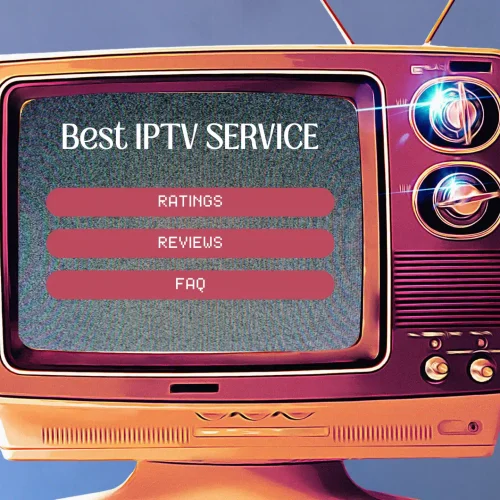IPTV vs. Traditional Cable: What’s the Difference?
When it comes to consuming television content, there are two main options: IPTV and traditional cable. While both offer access to a wide range of channels and on-demand content, they differ in terms of technology, pricing, and user experience. In this article, we will explore the differences between IPTV and traditional cable to help you decide which option is best for you.
What is IPTV?
IPTV, or Internet Protocol Television, is a relatively new technology that delivers television content over the internet. Instead of using traditional cable or satellite connections, IPTV relies on broadband internet connections to stream TV channels and on-demand content to viewers’ devices.
How Does IPTV Work?
With IPTV, TV content is delivered through a set-top box or a compatible device, such as a smart TV, computer, or smartphone. Users can access live TV channels, on-demand movies and shows, and even features like time-shifting and recording.
Benefits of IPTV
- Wide range of channels and on-demand content
- Flexibility to watch content on multiple devices
- Advanced features like time-shifting and recording
- Higher quality video and audio
What is Traditional Cable?
Traditional cable television, on the other hand, relies on physical cables to deliver TV signals to viewers’ homes. Cable companies typically offer packages that include a mix of TV channels, on-demand content, and premium channels for an additional fee.
How Does Traditional Cable Work?
With traditional cable, users need a cable box or a cable card to access TV channels. Content is delivered through coaxial cables that connect to the user’s TV set. Users can browse through channels using a remote control and access on-demand content through their cable provider’s set-top box.
Benefits of Traditional Cable
- Familiar and easy-to-use interface
- Reliable signal quality
- Access to premium channels and sports packages
- Bundled services like internet and phone
Which is Better: IPTV or Traditional Cable?
When comparing IPTV and traditional cable, it ultimately comes down to personal preference and individual needs. IPTV offers more flexibility and advanced features, while traditional cable provides a familiar user experience and reliable signal quality.
However, IPTV is quickly gaining popularity due to its ability to deliver high-quality video and audio, as well as its flexibility to watch content on multiple devices. As technology continues to evolve, IPTV is expected to become the preferred choice for television viewers.
The Future of Television: IPTV Trends
According to a recent study, the global IPTV market is projected to reach $xx billion by 2025, with a CAGR of xx% from 2020 to 2025. This growth is driven by the increasing demand for high-quality video content and the rise of internet-based television services.
Moreover, advancements in technology, such as 5G networks and smart TVs, are expected to further boost the adoption of IPTV in the coming years. As more viewers seek personalized and on-demand content, IPTV providers will need to innovate and adapt to meet the changing demands of consumers.
Conclusion
While both IPTV and traditional cable offer access to TV channels and on-demand content, they differ in terms of technology, pricing, and user experience. IPTV provides more flexibility and advanced features, while traditional cable offers a familiar interface and reliable signal quality.
As technology continues to evolve, IPTV is expected to become the preferred choice for television viewers, thanks to its high-quality video and audio, as well as its ability to deliver content on multiple devices. Whether you choose IPTV or traditional cable, the future of television is moving towards internet-based services that cater to the needs of modern viewers.






